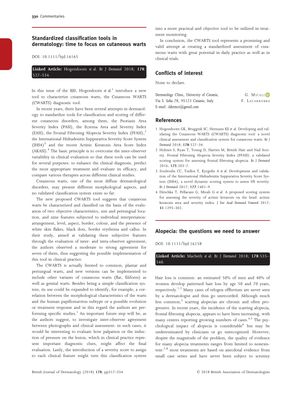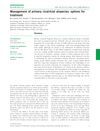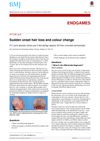Alopecia: The Questions We Need to Answer
February 2018
in “
British Journal of Dermatology
”

TLDR We need better research to improve alopecia treatment and patient care.
In the document from February 1, 2018, the authors discuss the challenges and uncertainties in the management, prevention, diagnosis, and treatment of alopecia. They highlight that hair loss is common, with an estimated 50% of men and 40% of women experiencing patterned hair loss by the age of 50 and 70, respectively. The psychological impact of alopecia is significant, yet the quality of evidence for many treatments is poor, often based on anecdotal evidence rather than randomized controlled trials. To address these issues, the British Hair and Nail Society initiated a Hair Loss Priority Setting Partnership (PSP) with the James Lind Alliance to identify research priorities in alopecia management. An initial survey gathered 2747 uncertainties from 912 respondents, which were refined to 56 questions and then to a top 10 list through a consensus process. The document emphasizes the need to present these research priorities to funding bodies to initiate high-quality studies and improve patient outcomes.










